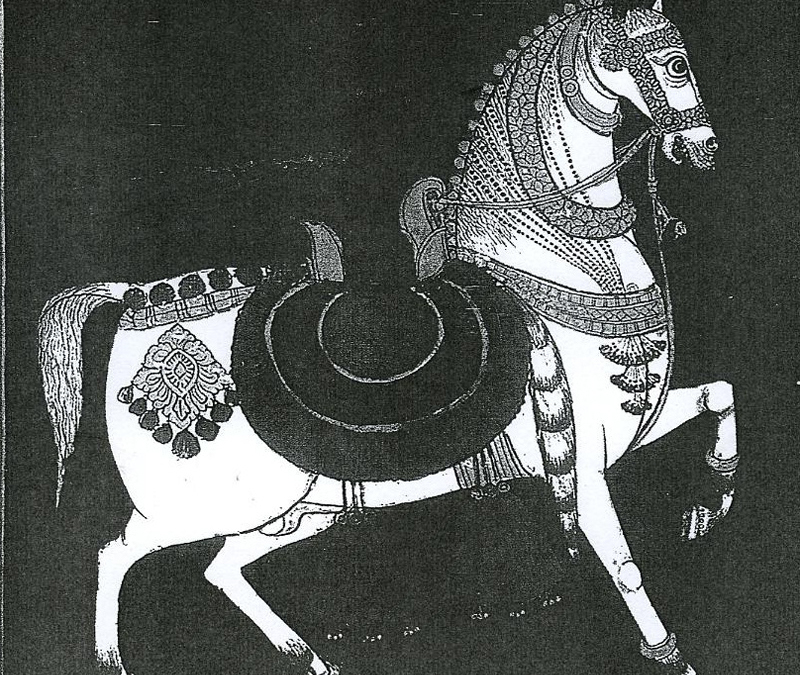Experienced horse people use many devices to avoid admitting to themselves or others their fears with and around the horse. Not always, but usually, beginners are more willing to admit to their fears.
Whenever the body and mind are out of synchronization fear arises but we use three devices to avoid the experience of fear.
1. Ignorance. Literally we focus our minds on something else. We grab at ideas of correctness and hold to some sense of right to ignore the fear. We create a fantasy world in which the horse becomes a personal friend. We offer bribes and tribute to insure our status for what horse would kill the one who holds the carrots.
2. Aggression. We attack and learn to attack the horse before it can attack us. We cover this using terms such as leadership or the need to control the situation so we consider every gesture as a threat from the horse.
The horse is naughty and needs our constant correction. We are always fighting the resistance in a battle which we never lose but also we never seem to win. Keeping hostilities low but active blocks the full realization of our own fears.
3. Passion. We use excitement to avoid seeing the fear. We jump the big fence, We gallop faster The idea is that we create an experience in which we create adrenaline to overcome our insecurities. Always pushing the envelope, we appear recklessly brave.
We must compete and win at any cost. The ribbons earned and titles won are the shield to hide our fears.
Another form of passion is when we attach ourselves to a method or system which we follow mindlessly. We use the “method” as the shield which protects us. We site the history of the method to protect us. “The classical system” has been around and used for hundreds of year and so we are safe.
The truth is that all three approaches and the various mixes and subsets of these form a successful strategy for dealing with fear. Our daily practice is proof positive that we are on the “right path.” We surround ourselves with others who follow the same ways and so we build a wall which protects us until it doesn’t.
When we get hurt and our imaginary strategies come tumbling down around us, we indulge in self-belittlement, blame the horse or other but still we never deal with the real problem.
The simple fact remains; our fears arise when our body and mind are out of sync and despite all the flurry and pretense and when we are safely behind these imaginary barriers of protection we still find ourselves uneasy.
How do we know when we are finding the real way? What does fearlessness look like? It is not avoidance but going beyond the fear. We are able to find an intelligent kindness and compassion. We learn to connect and harmonize with the horse and a real link connects through a healthy relationship.
These are just words on a page, but we find the ground and connect with the goodness in the horse and in ourselves. There is a sense of authenticness which can stand on its own.
What I have written here is the description of my job. I am a trainer and riding instructor. My job is not to prop you up but to take you down to the ground and let you find your way. If I do so, and I do so well, I free you from my way and my method and you find your own way.
If you do not have someone like me in your life then you must do it all yourself. Tear it down and find the ground. Deceive yourself no more (and even if you are working with me or someone like me). Real dressage is done with one horse and one rider; find the goodness; find the lightness; find gentleness and pass beyond the fear.


Recent Comments